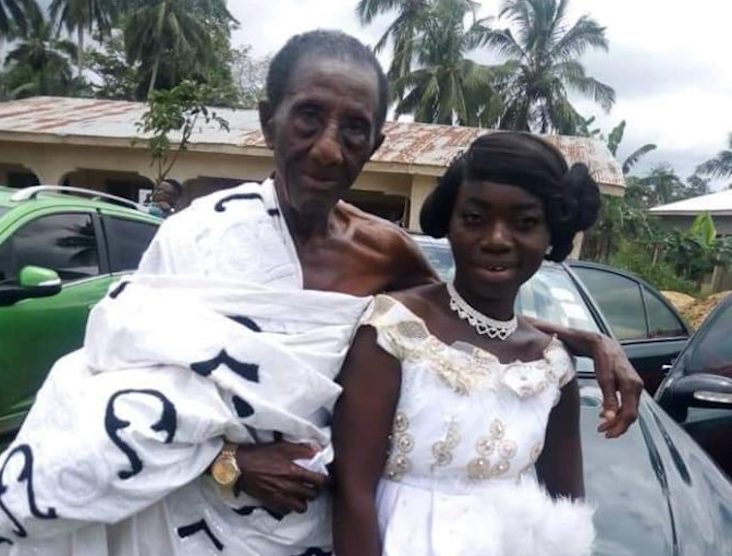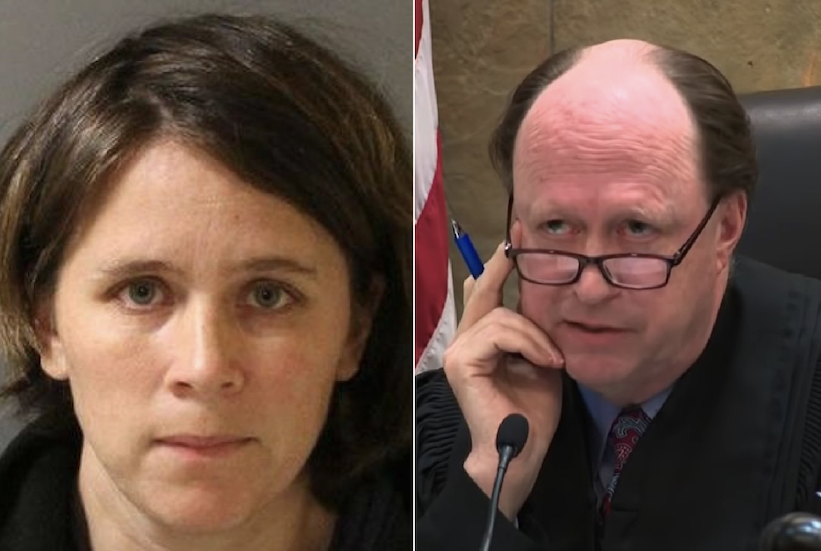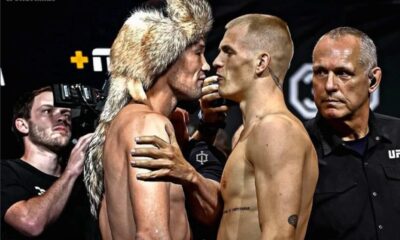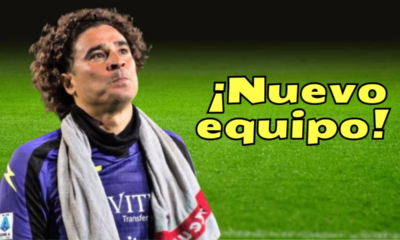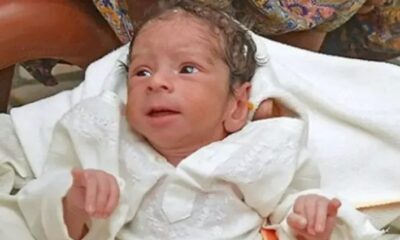Who Was Jesu Oyingbo?
The 1950s in Lagos, Nigeria, witnessed the shocking declaration of a middle-aged Ijebu man named Olufunmilayo Immanuel Odumosu aka Jesu Oyingbo as the long-awaited Jesus Christ. Many people laughed in utter disbelief while those who believed him thanked their stars for witnessing the second coming of Jesus Christ. The latter set of people packed their belongings and deserted their homes and families for the communal enclave of Jesu Oyingbo.
It all began in June 1959 when Odumosu declared himself as Jesus Christ who had come to lead the people from darkness to light. He said, “I am He. I am Jesus Christ, the very one whose second coming was foretold in the New Testament. I have come, and those who believe in me will have everlasting life and joy. I am the missing of the trinity. I have come to prepare the faithful for the judgment day…Click Here To Continue Reading>> …Click Here To Continue Reading>>
One may wonder what triggered Odumosu’s shocking declaration and more importantly, what made some Nigerians believe him. Could it have been his apprenticeship with his carpenter uncle, Pa Odubela, which is more like that of Jesus Christ and his foster father, Joseph, in the Bible? Whatever it could have been, one thing is certain, Nigerians stormed Jesu Oyingbo’s church seeking instant miracle.
Jesu Oyingbo’s church, named Universal College of Regeneration, was at first in the Oyingbo suburb of Lagos which earned him the ‘Oyingbo’ in his alias. He later moved the church to Awoyokun Street, Ikorodu Road, Palmgrove and later to Immanuel Street, Maryland, Ikeja, Lagos.

OldNaija gathered that Jesu Oyingbo’s mode of worship was in no way related to that of the biblical Jesus Christ and his disciples. In fact, he concocted Christianity, Islam and paganism to form his own mode of worship. Anyway, he cared less about people’s thoughts and he maintained his ground firmly as the beloved Jesus Christ.
Jesu Oyingbo’s communal enclave where his over 700 followers lived was made up of a bakery, a barbershop, a printing press, construction company and so on. It was indeed another world on its own. Some of the structures in the communal enclave and other buildings owned by Jesu Oyingbo had weird sculptures which made people believed the more that he was operating a cult.

Some of the buildings he owned on Immanuel Street, Maryland, had inscriptions such as The Lion of Judah, Immanuel the Christ, Prince of Peace, Merciful Father etc. and also had statues of Jesus Christ, lions and mermaids around them.
As if all these were not enough to falsify his proclamation as Jesus Christ, he baptized his new members with nine strokes of cane and not the usual water. After baptism, the new converts were free to live in his estate. Also, it was alleged that there were constant sexual activities and abuse in Jesu Oyingbo’s church.
It is worthy of note that being a member of the Universal College of Regeneration, one’s properties and partner could be taken at will by Jesu Oyingbo. On one account had he married a member’s wife off to another member. On another account, he married the wife of a member to punish the man for maltreating his wife. Incest was also said to have been a major activity in the enclave. READ FULL STORY HERE>>>CLICK HERE TO CONTINUE READING>>>
Jesu Oyingbo’s wives were reported to be over 30 with an estimate of 80 children and this was due to the unquestionable authority he had over his members’ wives. However, not all his children believed in him or his religion. One of his daughters, Bukola Immanuel, said, ‘‘I don’t accept him as my saviour. He’s my biological father. I have only the real Jesus Christ as my saviour.”

Nevertheless, Olufunmilayo Immanuel Odumosu, the Jesus of Oyingbo, was described by his children and neighbours as a kind and funny man. They claimed that he smiled always and even cracked jokes when walking in the neighbourhood. These claims are evident in the film show session he organized every evening in the enclave and neighbourhood. People would always gather in the evening to watch movies with a projector provided by Jesu Oyingbo. It was always festive-like.
Jesu Oyingbo’s story has it that he acquired massive wealth in the course of operating his ministry. He however denied the accusation that his wealth was ill-gotten, mostly by extorting his followers. He said that he is a saviour and a businessman who rely on his business enterprises to manage his ministry and polygamous family.
Jesu Oyingbo shook Lagos and other cities in southwestern Nigeria between the early 1970s and late 80s. He gained wide popularity even that his name was included in a Yoruba gospel song which goes thus: Emi o mo Jesu Oyingbo, emi o mo Jesu Agege, emi o mo Guru Maharaji, Jesu ti mo mo l’apata ayeraye (I don’t know Jesus of Oyingbo, I don’t know Jesus of Agege, I don’t know Guru Maharaji, the Jesus that I know is the rock of ages).
In 1988, the self-acclaimed Jesus of Oyingbo died in a hospital at the age of 73, just like every other man. The whole of his church was thrown into confusion. How could Jesus Christ die on his second coming? They wondered. Maybe he would resurrect on the third day, they hoped.

Alas, Jesu Oyingbo hasn’t resurrected till today. Jesu Oyingbo’s death cracked his ministry as the centre could no longer hold. His elder children tried to fix the cracks, instead, they widened. Jesu Oyingbo died without a will and this brewed serious war among his children, wives and followers.
His eldest son, Olukayode Immanuel Odumosu, took the matter to the court and this was where the atrocities perpetrated in the communal enclave were unravelled. However, in 1997, the court ruled in favour of the children who then evicted their father’s followers living in the enclave.
What is left of the enclave now are dilapidated and abandoned buildings which are frequented by thugs, weed smokers and criminals.


